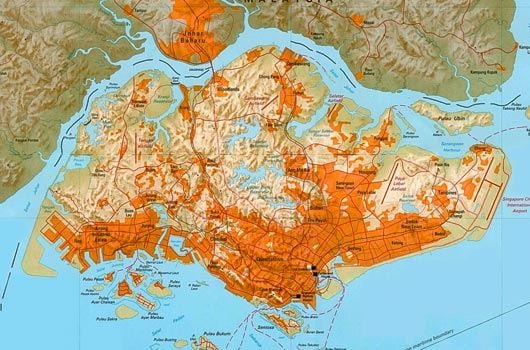In spite of its small size, Singapore has a population of five million, and it is an important communications node for both sea and air. This is why the authorities are now considering moving some of city’s infrastructure underground. Every area must be carefully evaluated before any decision is taken, and this is what the Singaporean authorities want Norwegian tunnel experts to do.
Strong reputation abroad
The fact is that Norwegian expertise in building and using underground facilities is in high repute in other countries – not least where exploiting the construction characteristics of the rock mass is concerned. Since the Second World War, Norwegian tunnel engineers have gained substantial experience in building tunnels and caverns for many different purposes, including storage rock caverns for oil and gas, hydropower projects and swimming pools and sports areas.
Today, SINTEF Building Research is in the process of developing subsea tunnel projects in Iceland, the Åland Islands and the Faeroes. The scientists are acting as consultants in the construction of a 25 km-long sewage tunnel under Hong Kong, and are also involved in other projects in China and India.
Basis for decision-making
SINTEF is operating in a consortium together with Multiconsult and a local company, TriTech. “We set up this joint effort some years ago, and it has turned out to be a useful bridgehead into Singapore,” says Grøv.
The Trondheim scientists, who were awarded the contract in 2008, have been using the time since then to collect examples of similar projects that have already been performed in such fields. In the course of the next nine months, and on the basis of three examples from each field, they are to develop appropriate solutions for Singapore. The ministries involved will use these as a basis for decision-making.
Large dimensions
“We are talking about large areas all over the island,” says chief scientist Ming Lu of SINTEF Building Research, who has led the earlier Norwegian efforts in Singapore. “If these facilities are built, the process will involve digging shafts, boring access tunnels and building huge caverns. It is extremely interesting for us to contribute to a job like this, since we are talking here about the first project of such dimensions anywhere in the world”.
By Åse Dragland

